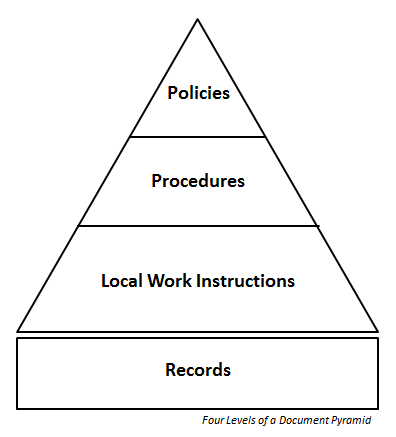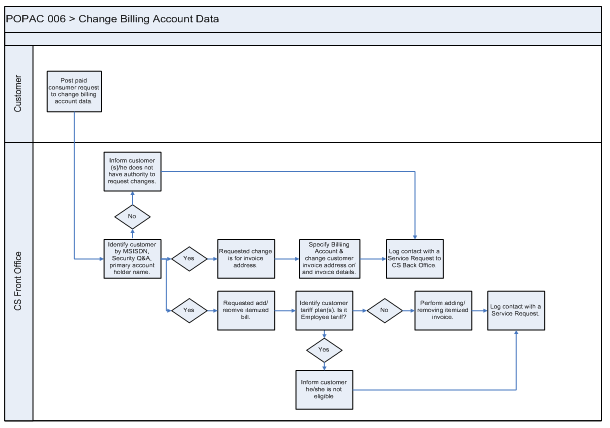I always equate a company's customer service department with that of a "heart". It's the function through which customer communication flows - both inbound and outbound and across channels. Collecting disposition codes for example, can help you focus on meaningful improvements related to the product, service, communication, service standards, or sales channels.
Selecting the appropriate set of metrics for your company depends on your industry and stakeholders. For example,
- If you provide inbound sales support then you need to track revenue generated.
- Senior Management needs KPIs compared to line mangers that need real-time operational data.
Select meaningful KPIs and metrics that you can easily measure and track over time. Your support systems should preferably automate the logging and tracing of such metrics. Based on experience, however, some manual calculations may be necessary which is perfectly acceptable as long as the data is captured and available in your database.
common inbound contact center metrics
- Calls Offered: (1) Total calls offered to a queue; (2)the total number of callers seeking service or contact (before reaching an IVR or recorded message); (3) the total number of calls that were available to be answered by the queue (post-IVR selection and recording). It's important to differentiate exactly when you count a call as "offered." It can be measured at the network level, but is usually measured at the switch. Thus, blocked calls ("busies") can be missed.
- Average Speed of Answer: Average time (usually in seconds) it takes for a call to be answered by the service desk.
- Average Handling Time: Measures the average duration of one transaction, typically measured from the customer's initiation of the call and including any hold time, talk time and related tasks that follow the transaction.
- Average Talk Time: The average amount of time the agent spends communicating with the customer. ATT is included in your Average Handling Time calculation.
- Average Wrap Time: The time required by an ACD agent after a conversation is ended, to complete work that is directly associated with the calls just completed. Does not include time for any other activities such as meetings, breaks, correspondence, etc. AWT is included in your Average Handling Time calculation.
- Abandonment Rate: Measures the percentage of callers who select a destination but hang up before the destination is reached. It can be a measure of the percentage of callers who enter an automated attendant or IVR menu, but who hang up before the IVR delivers the call to an agent queue. But most often it is used to measure the percentage of callers who enter an agent queue but hang up before reaching an agent.
- First Call Resolution: First call resolution is properly addressing the customer's need the first time they call, thereby eliminating the need for the customer to follow up with a second call. FCR is notoriously difficult to track but there are a few methods you can use in combination: (1) Repeat-call tracking technology – tracks whether or not a customer calls the contact center a second (or third or fourth…) time regarding an issue they previously called about; (2) Post-call customer surveys – conducted (via IVR, live surveyor, or email) immediately or very soon after a call and asking the customer whether or not the their issue or inquiry was taken care of completely; (3) Quality monitoring – entails having internal quality monitoring staff listen to and rate the call as “resolved” or “unresolved” (as well as to confirm that it was the caller’s first contact with the contact center on the issue in question).
- Response Time: Measured as the total period between when a customer makes a request and a response is given. Setting an appropriate response time depends on the contact channel used by the customer, your industry, customer expectations, and available resources. As a general rule of thumb:
- Resolution Time: Measured as the total amount of time between receiving the customer's initial request and providing the correct answer/fix.
- Schedule Adherence: Determines whether or not agents are working the amount of time they are scheduled to work. It’s measured by taking the total time a call center agent is available for call work and dividing it by the time they are scheduled to work, expressed as a percentage. Call center schedule adherence can take into account time spent on breaks or doing other, non-call related work (this is called "compliance"). Most call centers define a target schedule adherence percentage that allows for some cushion time beyond the known scheduled lunch and break times.
- Agent Attrition: Your attrition rate measures how many agents left the Customer Service department over a given period of time. The best way to calculate your agent attrition rate is:
{ The total number of resign (voluntary and non-voluntary) / Average number of employees in the month ((# of full time employees on 1st + last day of month) / 2 } x 100%
social media metrics
Customers are increasingly using social media to interact with customer service in addition to traditional contact channels. Your social media metrics should includes:
- Inbound Volume: The number of messages your receive by channel.
- Volumes by Categories: Try and group inbound contacts by disposition code. For example, billing, cancellation, technical support. This information will help you refine and optimize your online FAQs and/or collateral materials.
- Response Time: This is still measured as the total amount of time you reply to the customer's initial request. Nearly half of all customers that use social media to lodge a complaint, typically expect a response within 1 hour.
- Average Handling Time: Measures the average duration of one transaction, typically measured from the customer's initial social media initiation to the time the interaction concludes.
- Deflection Rate: Deflection refers to the percentage of issues moved to another channel rather than being resolved directly within social.




